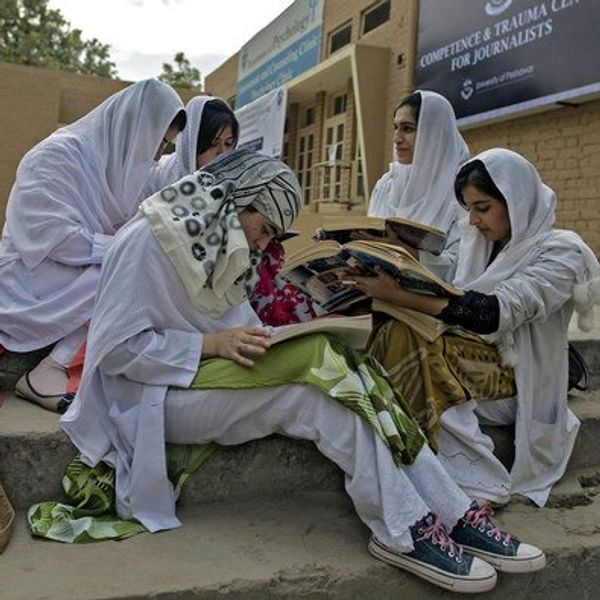Pakistan counts 7.2M businesses in first Economic Census
Punjab leads across sectors, Sindh tops in services

Haris Zamir
Business Editor
Experience of almost 33 years where started the journey of financial journalism from Business Recorder in 1992. From 2006 onwards attached with Television Media worked at Sun Tv, Dawn Tv, Geo Tv and Dunya Tv. During the period also worked as a stringer for Bloomberg for seven years and Dow Jones for five years. Also wrote articles for several highly acclaimed periodicals like the Newsline, Pakistan Gulf Economist and Money Matters (The News publications)

Shutterstock
Pakistan has over 7.2 million economic establishments, with Punjab dominating across all sectors, while Sindh leads in services, according to the first-ever Economic Census 2023 launched on Thursday.
The landmark survey—conducted after geo-tagging over 40 million buildings nationwide—offers the most detailed picture yet of the country’s economic footprint. Of these buildings, 7.14 million were identified as economic establishments, spanning retail, services, manufacturing, education, and health sectors.
“The census has uncovered a massive informal economy. With only 250,000 companies registered with the SECP, we now know there are millions of unregistered businesses. This opens the door to tax base expansion, formalization, and investment opportunities,” Minister for Planning, Development and Special Initiatives, Ahsan Iqbal, said at the launch.
Key findings
- Total establishments: 7,142,941
- Total workforce: 25.34 million
- Top Sector: Services (57.86%), followed by production (24.8%), social (14.15%), and others (3.09%)
- Punjab leads with 4.36 million establishments, employing 13.64 million people—over half the national workforce. It tops across all categories and employment sizes.
- Sindh has 1.38 million establishments, with 5.71 million workers, and leads in service sector share (64.31%). Karachi and Punjab together form the country’s main economic hubs.
- Khyber Pakhtunkhwa (KP) accounts for 1 million establishments and 1 million jobs, with the highest concentration in the social sector (19.08%).
- Balochistan has 303,000 establishments employing 1.38 million, and a significant share under the “Others” category (4.82%).
- Islamabad Capital Territory (ICT), though small, has the highest services sector concentration (70.42%), and 621,000 employed across 86,000 establishments.
- Services sector is the largest employer with 44% of total workforce (11.29 million), followed by social (30%), production (22%), and others (5%).
- Retail trade is the dominant activity, with 2.77 million retail shops nationwide.
- The production sector is led by cattle farming, accounting for 1.11 million establishments.
- In the social sector, mosques top the list with 600,403 units, followed by schools (242,616), colleges (11,568), universities (214), and madrassas (36,331).
- Private hospitals and education institutions outnumber public ones, especially in Punjab.
Household-based economy
The census also documented 5.6 million household-based economic activities: - Animal farming is the most common, with 51.35% involved.
- Tailoring (3.85%), embroidery (1.36%), and poultry farming (1.32%) also featured prominently.
- Online services, beauty parlours, and food prep each made up less than 1%.
Employment sizes
- Small establishments (1-50 employees): 7.1 million
- Medium-sized (51-250): 35,351
- Large (250+): 7,086
- Punjab again dominates with 4.3 million small, 16,728 medium, and 3,228 large establishments.
- Sindh follows with 1.37 million small, 7,773 medium, and 1,693 large units.
- ICT has the smallest presence, with 84,760 small, 1,140 medium, and just 254 large establishments.
Regional trends and gaps
Punjab and Karachi Division host the densest networks of businesses and jobs. Balochistan and most KP districts remain underdeveloped economically, with fewer establishments and smaller workforces. ICT, while small in numbers, has a high share of government and administrative employment.“This data is a game-changer for planning. It shows the scale of untapped potential and where the government must invest next,” a senior planning commission official said.










Comments
See what people are discussing